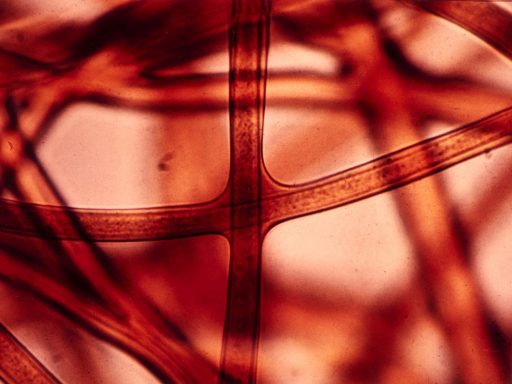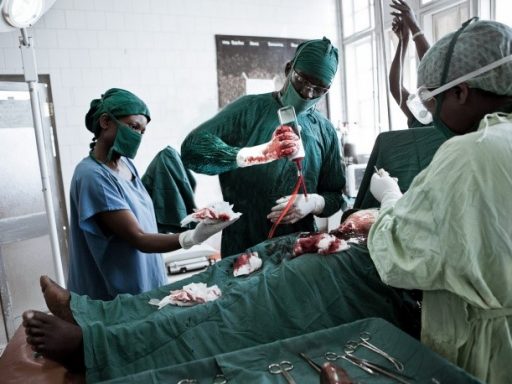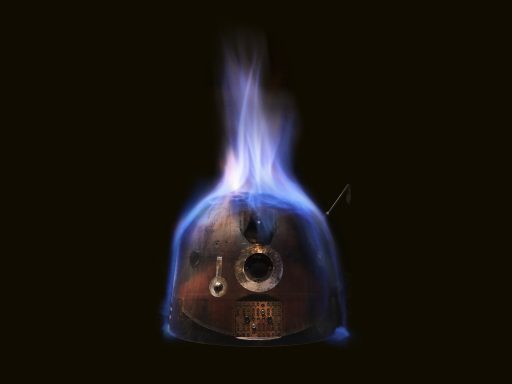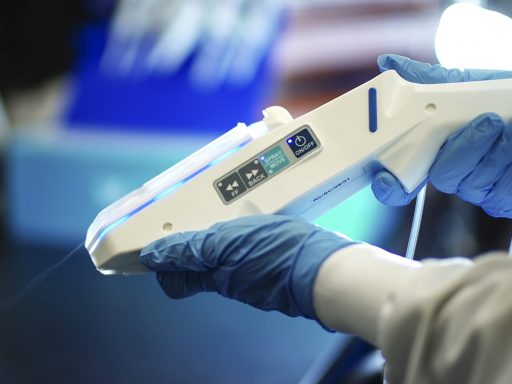
Curator Richard Dunn takes a closer look at a sea clock on display in Versailles: Science and Splendour, and explores French contributions to the development and use of a game-changing navigational innovation.

Curator Richard Dunn takes a closer look at a sea clock on display in Versailles: Science and Splendour, and explores French contributions to the development and use of a game-changing navigational innovation.

Evidence that drug testing could one day be conducted in a computer rather than on animals has led to a team at the University of Oxford winning a major international prize.

80 years after it was first introduced, Chemistry Curator Sophie Waring, looks at how nylon has become a ubiquitous material in our lives today

Contemporary Science Volunteer Thea Waxman explores Bloop, a simple, low-cost medical development used to recycle patients’ blood.

Roger Highfield, Director of External Affairs, provides evidence to counter ten Scrooge-like claims that Santa does not exist.

Contemporary Science Research Volunteer, Claudia Cook looks at how we can harness light from the Sun to create medicine.

As part of our Illuminating India season we take a look at the prosthetic that revolutionised medical care in India.

In the run up to a Science Museum exhibition in 2018 to celebrate the 40th anniversary of IVF, Roger Highfield reports from the frontier of reproductive science research.

Ninety nine years after the end of the First World War, curator Stewart Emmens looks at medical care both near the battlefield and at home.

Contemporary Science Volunteer Giulia Delprato talks about the latest development in burns treatment, SkinGun.

Curator Selina Hurley, and Sir Terence English, look at how we got from the first implanted artificial heart to where we are today.

Roger Highfield introduces this year’s European Inventor Award finalists.